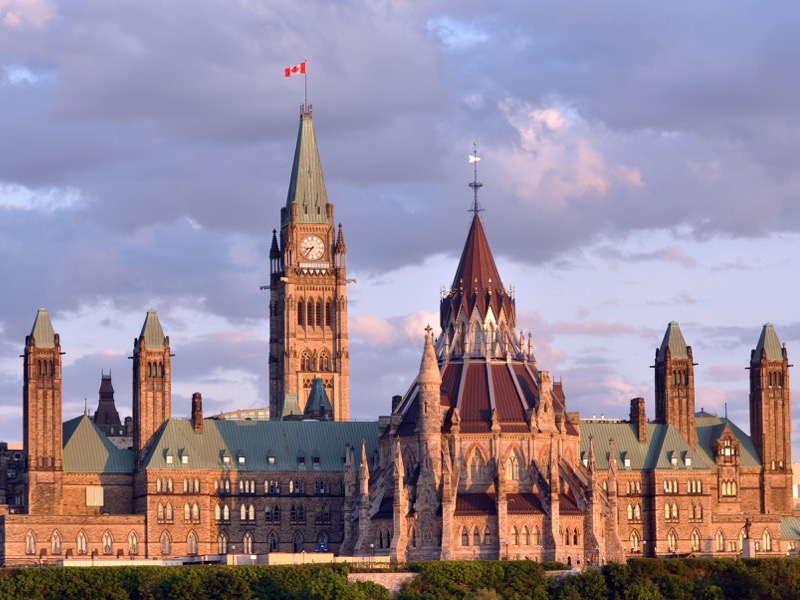
With a federal election expected for Sept. 20, advisors got a preview this week of the tax issues to be debated over in the next six weeks.
When it comes to financial markets, however, the campaign may not have much impact: looking at eight elections over the last 25 years, a report from National Bank of Canada Financial Markets said there’s no clear election narrative in financial markets.
“Federal elections appear to have been something of a lunch-bag letdown for Canadian equities, the S&P TSX losing non-trivial ground to the S&P 500 in 100 trading days centred around the past number of votes,” the report said.
“As with the loonie, some of the post-vote relative underperformance looks to be a function of where oil prices have tended to trade.”
The empirical record isn’t enough for the bank to move from its preferred asset allocation, which remains overweight Canadian equities relative to both fixed income and U.S. stocks.
While the campaign may not move equities markets, clients will be interested in the parties’ tax proposals.
This week, the NDP released a “proto-platform” calling for higher capital gains inclusion and top marginal tax rates, as well as a higher corporate tax rate, a richer homebuyers’ tax credit and a wealth tax.
The Liberals, meanwhile, launched legislative consultations on budget proposals sure to play well with target voters: a luxury goods tax on expensive vehicles, and a 1% tax on vacant homes owned by non-residents.
The Conservatives are likely to focus on tax initiatives to spur businesses’ capital spending, a report last week from CIBC Economics said. The bank will also be watching for Conservative policies to encourage more foreign competition in Canada’s telecommunications sector, for which leader Erin O’Toole advocated in his run for the party leadership.
The Liberals will enter the campaign leading in the polls, with around 35% support and within reach of a majority government according to some seat projections.
The National Bank report warned that the next parliament will have its work cut out, regardless of which party forms government.
“Despite still-favourable international comparisons, Ottawa’s once-immense fiscal flexibility has been partially used up fighting Covid,” the report said. “That could be an issue the next time the federal government needs to counter a major economic stumble. If no one else, your average GoC bond investor presumably hopes fiscal repair is a legitimate and sustained priority after the next vote.”
The 2021 federal budget projected a $155-billion deficit (6.5% of GDP) for this fiscal year, after reporting a $354-billion deficit in the pandemic’s first year. The deficit is forecast to drop to around $30 billion (1.1% of GDP) by mid-decade.
Debate over the deficit is unlikely to move fixed income markets, CIBC said, as the Conservatives’ timeline of a decade to balance the budget is similar to the Liberal forecast.
National Bank warned that there’s still uncertainty about the virus’s trajectory despite considerable progress on vaccinations. “There are still plenty of jobs to be recouped, sectors to be rebuilt and supports/stimulus to eventually be walked back,” the report said.
The Canadian Chamber of Commerce this week warned that many businesses have taken on pandemic debt that threatens their survival.
“They will require continued assistance to recover,” president and CEO Perrin Beatty said in a message to political leaders.
The business lobby group called for a program to replace pandemic wage and rent subsidies for businesses still affected by health restrictions. It also asked for debt relief by forgiving interest payments on government-backed loans that businesses received as pandemic emergency aid.
The chamber also called for: childcare to be an eligible business expense for small- and medium-sized businesses; a tax credit on businesses’ capital investments; more public procurement opportunities for businesses with diverse ownership; and a comprehensive review of the federal tax system.